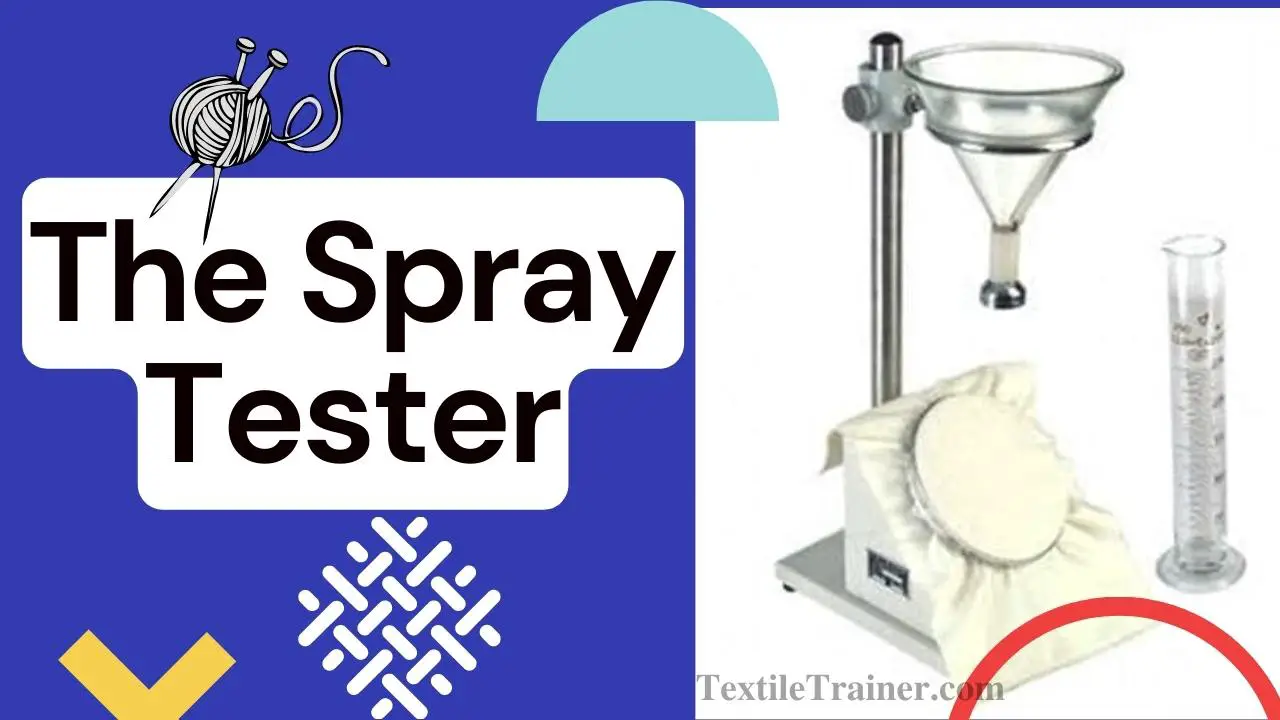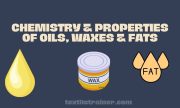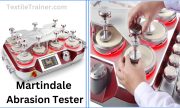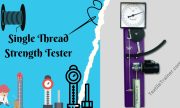Introduction:
One of the most important properties of a fabric intended for rainwear, wagon covers, or tents is its ability to keep water out. Conversely, hose pipes or canvas buckets keep water in. Some fabrics, however, must be capable of absorbing water rapidly, such as towels. We can therefore say that textile materials and water have a relationship. It is first necessary to understand a few definitions before we discuss water repellency testing:
Water proof: Fats, waxes, rubber, etc., can be used to treat textile materials to prevent water absorption. There can be physical additions, such as films or coatings, or a physical combination of both. An important feature of waterproof fabrics is their low permeability.
Shower proof: In order to delay the absorption and penetration of water into textile materials. Air is able to pass through the fabrics to some extent.
Water repellent: A state characterized by the no-spreading of a globule of water on a textile material.
These definitions show the trend to restrict the use of the term waterproof to fabrics in which the spaces between the fibers and threads have been filled with the rubber or other proofing material. Since the fabrics are almost impervious to air, such materials would be uncomfortable to wear, in practice, where these materials are used for outer wear, it is usual to punch ventilation holes in the garments such as under the sleeves. In this experiment we will use The Spray Tester to determine the water repellency of fabric.
Objectives:
- To know about water repellent of water.
- Come to learn spray testing method.
- To know working procedure of the spray testing method.
- To know standard parameter of water repellent.
Apparatus:
- The spray tester.
- Fabric(100% cotton, polyester, umbrella, parachute cloth.)
- Scissor.
- Water.
Standard testing temperature:
An atmosphere at the prevailing barometric pressure with a relative humidity of 65% and temperature of 200 C is called standard testing temperature.
Standard rating:
| Rating | Description |
| 0 | Complete wetting of whole of upper and lower surfaces. |
| 50 | Complete wetting of whole of upper surface. |
| 70 | Partial wetting of whole of upper surface. |
| 80 | Wetting of upper surface at spray points. |
| 90 | Slight random sticking or wetting of the upper surface. |
| 100 | No sticking or wetting of the upper surface. |
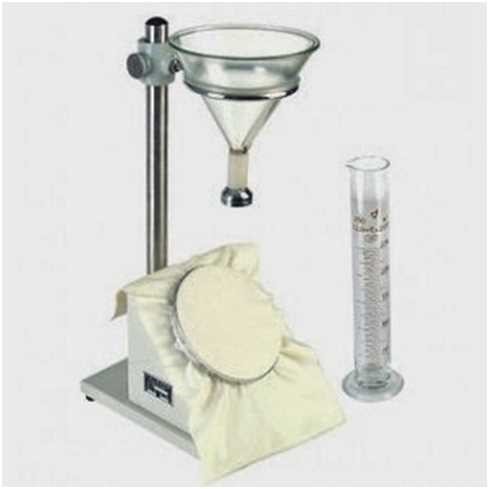
Working Procedure:
- At first, specimen is fixed on the 6 inch diameter embroidery loop. Here we took four types of fabric such as: 100% cotton, polyester, umbrella, parachute cloth. At first we will test 100% cotton fabric.
- In this test a small-scale mock rain shower is produced b pouring water through a spray nozzle. The water falls on to the specimen which is mounted over a 6 inch diameter embroidery loop and fixed at angle of 45 degrees.
- To carry out the test, 250 cm3 of water at 700 F are poured steadily into the funnel.
- After spraying has finish the specimen holder is removed and the surplus water removed by tapping the frame six times against a solid object, with the face of the sample facing the solid object.
- The tapping is in two stages, three taps at one point on the frame and then three times at a point diametrically opposite.
- Now we will assessment of the fabric’s water repellency is given by the spray rating that is mention table 7.1.
- Now we will test polyester, umbrella, parachute cloth as a same process that mention above.
Result:
| S/N | Type of fabric | Spray rating |
| 1 | 100% cotton | 0 |
| 2 | Polyester | 0 |
| 3 | Umbrella | 70 |
| 4 | Parachute | 100 |
Conclusion:
From this experiment, we came to learn, water repellence of different fabric. here we saw, 100% cotton fabric is show less water repellent while parachute fabric show more water repellent. This experiment will help in our future life. Thanks to our teacher to help us.
